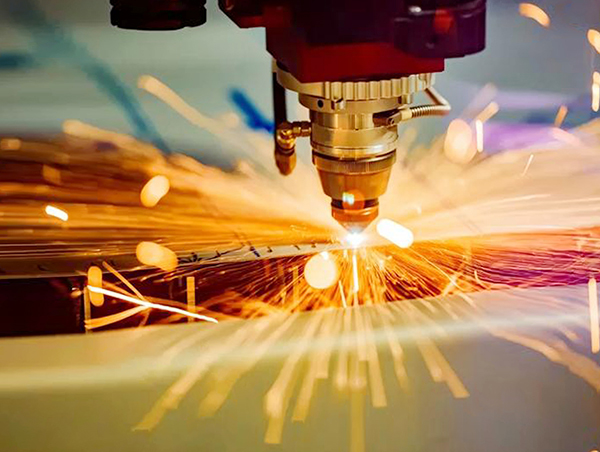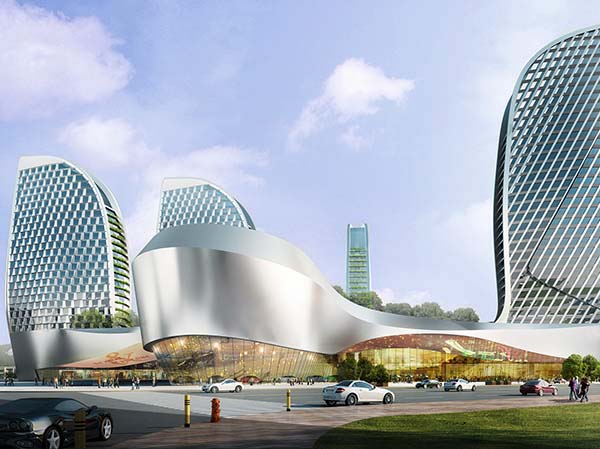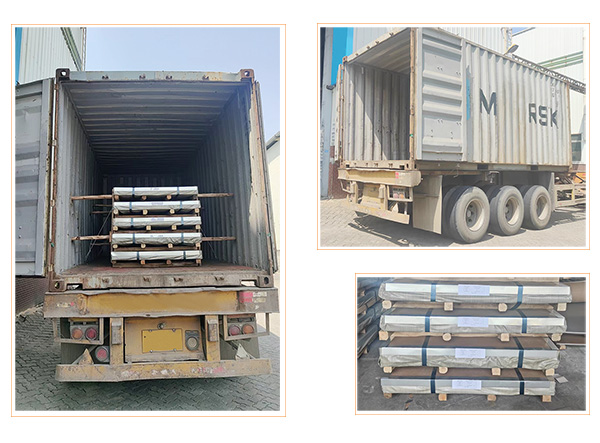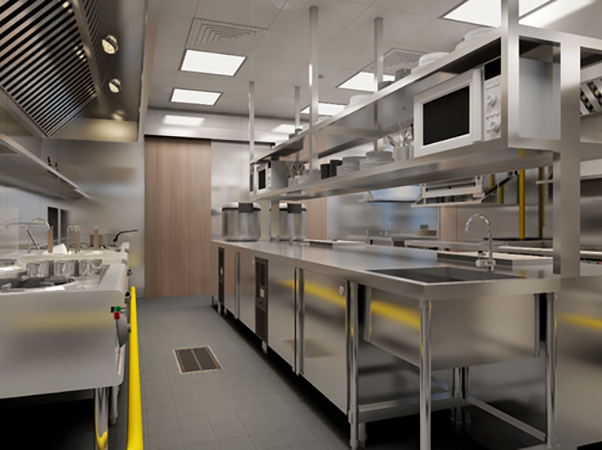
Why Stainless Steel is an Irreplaceable Material in Commercial Kitchen?
Everyone who works in a commercial kitchen has to be hardworking, and the same applies to the kitchen facilities and equipment! Heat, humidity, acid and many other things are wearing down the surfaces of various facilities. Stainless steel is therefore considered the material of choice. Read this article to find out why stainless steel has so many benefits!
Benefit 1: Stainless Steel is Clean and Hygienic
Creating a hygienic environment is the primary obligation of commercial kitchens. Why is stainless steel so unique in this field? The key properties of this material are its hardness and high density. Because the material's molecules are so tightly interconnected, creating a smooth, closed surface, stainless steel surfaces are extremely easy to clean and disinfect. Compared to surfaces such as wood or plastic, it is more difficult for viruses, bacteria and dirt particles to "break in" and stick to the material for long periods of time. Glass has similar properties, except it breaks too easily. When it comes to stainless steel, however, it’s crucial to prevent it from starting to rust.
Hygienic Advantages of Stainless Steel
Ø A stable chromium oxide layer protects against rust.
Ø Food, fruit acids, and detergents can not adhere to this material.
Ø Very easy to clean.
Ø No space for germs and bacteria.
Ø Food is not contaminated with harmful substances or dirt.
Ø Not cause food to spoil.
Benefit 2: Stainless Steel Benefits Food Safety
Whether it is a restaurant or the food industry, ensuring food safety is an inevitable responsibility. Therefore, stainless steel is considered an ideal material in both areas. Decisive advantage: For example, stainless steel meets the requirements of EU food hygiene regulations. In addition, it complies with the current international HACCP system and the so-called international Codex Alimentarius implemented by the United Nations. A glance at restaurant kitchens across the industry reveals that most commercial facilities are made of stainless steel, from sinks and countertops to kitchen equipment.
Benefit 3: Stainless Steel is Easy to Clean
Makes it easy for chefs to clean stainless steel countertops. When cleaning stainless steel surfaces in commercial kitchens, corrosive cleaners should not be used as they can damage the surface.
Use the right cleaner to remove all types of dirt from materials. When cleaning stainless steel you must pay attention to:
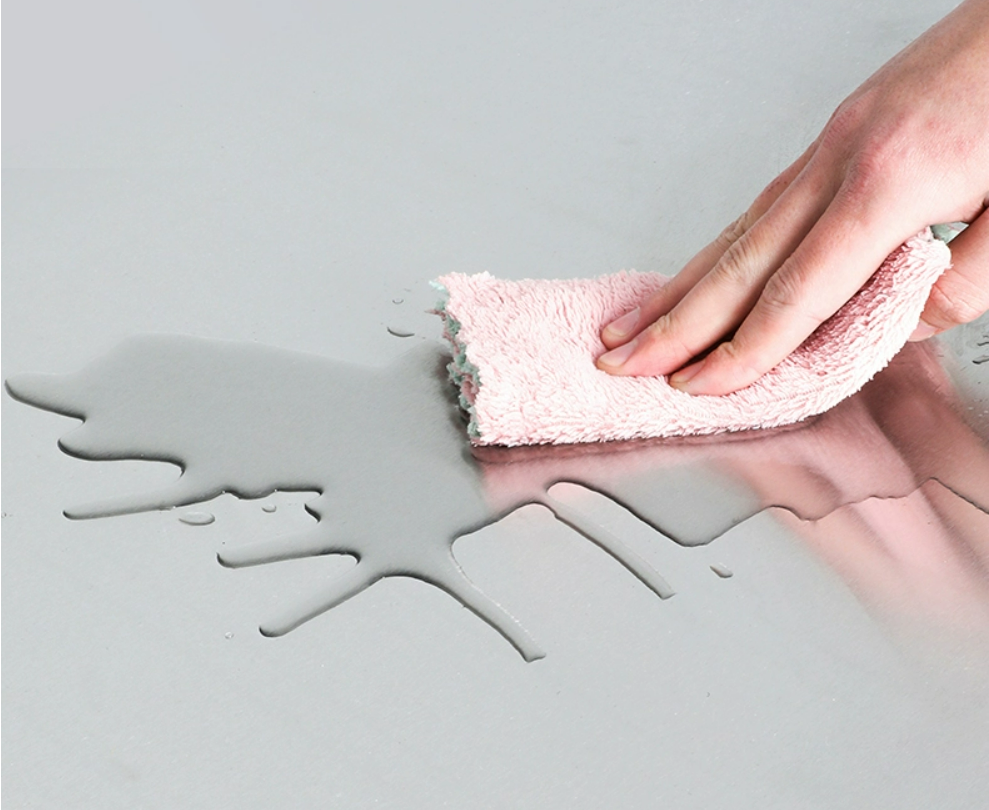 w Cleaner solution to prevent fingerprints.
w Cleaner solution to prevent fingerprints.
w Use cleansing milk to remove stubborn dirt.
w For heavy oil stains, use alcohol-based cleaners or solvents, such as acetone or alcohol.
w Special alkaline or solvent-based cleaners can remove colored stains.
w Rinse with clean water after cleaning the surface.
w Keep your fingers out of steel wool, chloride or hydrochloric acid cleaners, stain removers, bleach or silver polish!
Benefit 4: Stainless Steel Does Not Rust
Important note beforehand: Not every stainless steel is naturally rust-resistant. Stainless steel comes in many different varieties, with different compositions and properties. Only alloy stainless steel can prevent rust. Nickel-chromium alloys are often added for this purpose. The same is true for stainless steel, which is common in the food industry.
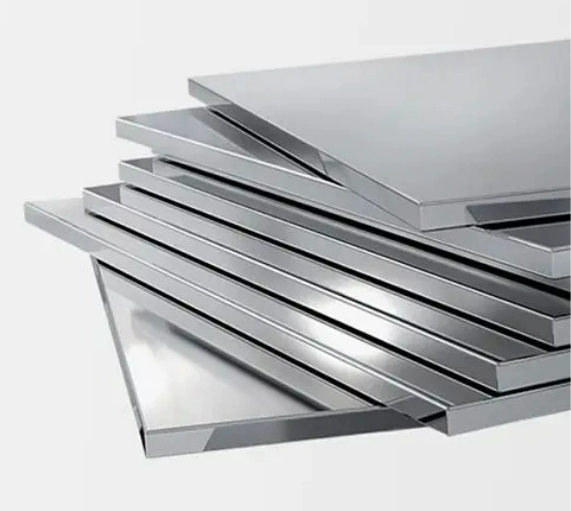
For example, cutlery is often marked with the number 18/10 or 18/0. This represents the material composition: 18/10 means 18% chromium and 10% nickel, while 18/0 means 18% chromium and no nickel. European countries, Japan and the United States all have their own material codes. Taking 18/10 stainless steel as an example, the EN material code in Europe is 1.4301, in the United States it is AISI 304, and in Japan it is JIS SUS 304.
Benefit 5: Stainless Steel is Resistant to High Temperatures
Steaming hot stainless-steel pot on the stainless-steel countertop. Stainless steel can withstand temperatures up to 600 degrees Celsius, making it suitable not only for cooking utensils but also for most surfaces and equipment in commercial kitchens.
Things are heating up in the kitchens of restaurants, cafeterias, and more. But not just on the stove. Sometimes a hot-sauce pan sits on the workbench, sometimes boiling water is poured into the sink. And some appliances can get quite hot, from hand mixers to dishwashers. Therefore, the heat resistance of stainless steel is a major advantage. 18/10 stainless steel can withstand temperatures up to 600 degrees Celsius.
Additionally, the material is generally considered a poor conductor of heat. In practice, this means that the hot pot that has just been set down does not immediately heat the entire stainless steel work surface. Bonus points for job security.
Benefit 6: Stainless Steel is Weldable
This characteristic determines that stainless steel is a suitable material for making cabinets and kitchen equipment. It allows professional equipment to appear on the market in a variety of shapes and sizes. Custom processing can also be carried out as needed. In addition, processing methods also influence hygiene factors. For example, a stainless-steel wash basin can be welded to a stainless-steel countertop and provide a tight fit. The combination is like casting. Compared with the spin-on or riveted structure, the use of this transition surface or joint surface will not trap dirt and evil.
Benefit 7: Stainless Steel Is Durable And Requires Low Maintenance
Those who choose stainless steel operating tables and equipment can rest easy. Of course, the prerequisite is to comply with the specifications and use it carefully. These properties make the material durable and require little maintenance. From this perspective, stainless steel is an extremely economical material. Replacements or refurbishments are extremely rare, so future costs are extremely limited.

